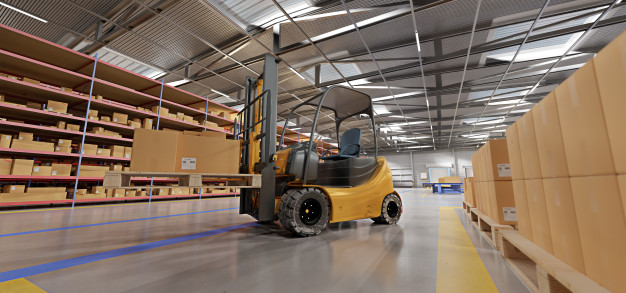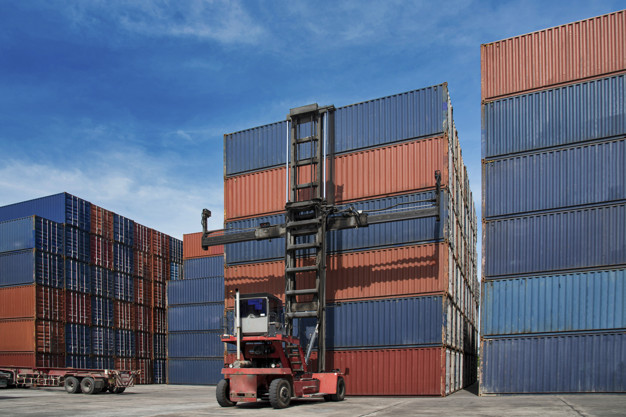Consumer-Focused New Product Development on Supply Chain Management
Today, businesses depend on strategic relations with their customers and suppliers to create value to develop products and to obtain better market share. Designing products to match the processes and supply chains, processes to match product platforms and supply chains, and supply chains to match the product platforms and processes are the ingredients in today’s fast-developing markets.
If this co-design is done well upfront with sufficient focus on product development process management, the product will cost much less overall and the time-to-market will decrease substantially. However, the evidence supporting supplier integration is less clear than evidence on the positive contribution of customer integration in the product development process.

Although globalized supply chains have indeed produced valuable cost advantages for decades, recent political and social upheavals have spotlighted the fragilities of far-flung supply networks and magnified the structural instabilities that had been emerging for years. What is becoming clear now is that there is unlikely to be a “steady state” future ahead of us, and when an unexpected world event strikes, you need to work with the tools you have at hand.
Here are five strategies to help enterprises build a more resilient supply chain to navigate a world of permanent uncertainty.
Build a Resilient and Agile Supply Chain
In a world of heightened uncertainty, resilience and agility have never been more important. So, it’s hardly surprising we’re seeing more companies focusing less on pure cost savings and more on adaptability, speed, risk reduction, and sustainability. Companies are adopting more flexible sourcing and distribution strategies, including shifting to suppliers that are closer to home. We expect this move toward regionalization will continue to gain traction. A good example is Oracle, which has migrated part of its multi-billion-dollar manufacturing operations from China to Texas.
Organizations will need to realign operations and supply chains to thrive in this new reality. They will need to securely support remote workers, for instance, and learn to engage with customers in new – often virtual – ways. Omnichannel ordering and fulfilment will help provide alternate pathways to work through unforeseen bottlenecks.
Emerging technologies and methods will underpin the new era of resiliency. What-if business scenario modelling in the cloud will help companies choose from available courses of action amid an ever-changing market landscape, factoring in variables like costs, risk, and growth. New technologies such as blockchain can connect people across supply networks, locking in the trust companies require to negotiate risk-laden trading environments.
Plan (and execute) continuously
In a perpetually volatile world, businesses must rethink how they do sales and operational planning. Aligning plans with customer demand will continue to make sense, but to stay nimble in the face of rapid change, companies will need to update forecasts and strategies almost continuously. This will call for a deeper level of insight and collaboration among trading partners and suppliers – as well as among company planners themselves.
Drawing from a single set of enterprise data in the cloud, companies now have the ability to continuously plan, forecast, close the books, and adjust courses with unprecedented speed and precision. Planners are harnessing new technologies to meet potential disruptions head-on. With AI, machine learning, and predictive intelligence, companies can intelligently anticipate and plan for what comes next.
Predictions from machine learning can help guide the planning process, providing recommendations and “guided resolutions” for optimizing supply chains. These and other advanced technologies like digital assistants are making humans smarter and the planning and decision-making process faster and more efficient.

Innovate (and scale) faster
Amid a global disruption, it’s crucial to bring new products to market faster, and we are seeing companies innovating and flexing in record time. Car manufacturers are pivoting to build ventilators. Pharmaceuticals are quickly shifting research programs to find COVID-19 vaccines. And retailers are finding ways to virtually engage and sell to customers.
Accelerating innovation requires an integrated view of the product life cycle, from ideation to commercialization. The days when companies ran product development and supply-chain planning as separate functions are coming to an end. To stay competitive, the tradition of “throwing product designs over the wall” to supply chain planners — the ones who figure out how to source and build the products — is no longer fast or efficient enough.
The cloud helps companies innovate faster by providing ongoing access to fresh capabilities. After switching to a cloud-based ERP and supply chain, data-storage and network-infrastructure leader Western Digital updated its business systems a dozen times over a three-year period – a feat the CIO says would have been impossible with its old on-premises system. Swift innovation and agile manufacturing execution helped the company quickly pivot to remote working, reconfigure manufacturing lines to ensure safe social distancing, and reroute shipments to manoeuvre past trade barriers.

Gain total visibility (and trust)
Decisive action is critical to seizing opportunities and evolving the business in any market condition. This requires rapid access to all the information and insights managers need to make the right choices in the most complex and precarious operating environments.
Access to a unified data model across business functions helps enormously in this effort, providing planners with the multi-tiered visibility that’s key to deciding where to source materials, make products, and deliver goods. The single source of truth also gives companies confidence in their what-if scenarios so they can plan for multiple outcomes.
Global operating visibility enables trading partners to work together with less friction and build trusting relationships. New blockchain-based applications, such as Oracle Intelligent Track and Trace, takes visibility a step further, allowing companies to monitor the flow of goods and services between enterprises down to individual lots or items. The technology can be integrated with every link in the supply chain to cement trust and speed transactions between business partners as well as consumers who increasingly demand full traceability of the products they buy.
Lastly, Build in sustainability
Every supply chain has its environmental and social consequences. From the carbon emissions of transportation networks to the industrial waste from factories to the ethics practised by suppliers, all the issues surrounding sustainability do not go away during times of global disruption. Indeed sustainable supply chain practices are even more relevant in a world where resources may be harder to come by.
The best strategy is to embed principles of sustainability in your supply chain, using them to guide decisions ranging from product design and factory floor configuration to sourcing and logistics. Companies like U.S. food processor LiDestri are doing just that, leveraging cloud-planning solutions to cut food waste in half and trace ingredients from the field to the individual jar. It’s proving what more companies are discovering: that sustainability and a healthy bottom line are perfectly compatible – even in the toughest of times.
 Start using ZapInventory today
Start using ZapInventory today
